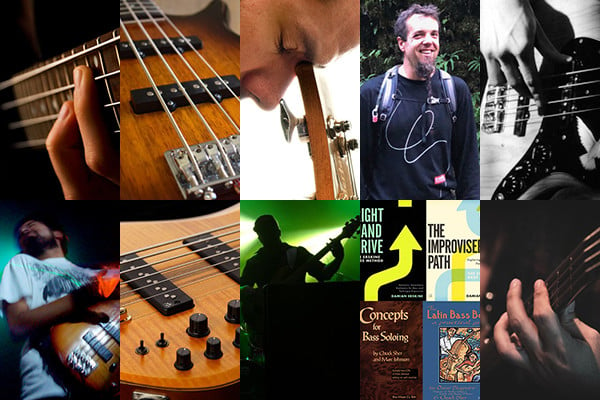Best of 2011: Top 10 Bass How To’s & Columns
Just in time for your new year’s resolutions, here are the top 10 most popular how to’s and columns in 2011. From practicing to player health and even a little on gear, these features should help you make big musical strides in 2012.
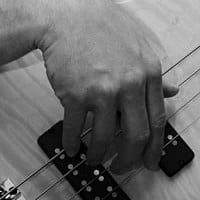
1. Health & Fitness for The Working Bassist – Part 1: Basic Technique
Common injuries that rob bassists of stage time Let’s start with an overview of the most common types of injuries bassists experience, the dreaded tendonitis, also known as repetitive stress injury, which will usually be felt in the hand, wrist, forearm, elbow, or neck and shoulder. This column kicked off our mega-popular six-part series on player health.
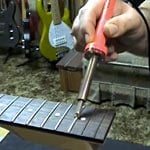
2. How To: Fretless Bass Conversion
Our Facebook friend Ryan Pusiak posted a question on our Facebook page, asking about the best way to go about converting a fretted bass into a fretless one. So we decided it was a great opportunity to feature the series from Jason Holder, one of the guys at The Musician’s Den in Evansville, Indiana.
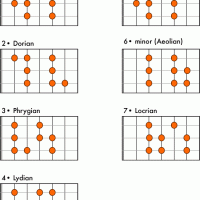
3. A Practical Guide to Modes and Scales
A reader submitted this question: “What are modes and how do they work?” Damian responded with a straightforward guide to modes and scales to follow.

4. How To Be a Great Blues Bass Player (Part 1)
Ryan’s first “Blues Bass” column kicked off with a bang. This first installment focuses on how to be a better blues bass player by learning what your bandleader wants and the advantages of understanding common terminology for the genre.

5. Practice Your Scales… But Which Ones?
A reader asked, “Scales… everyone should practice scales. But which scales? For someone that’s beginning to play or even some that has been playing for a long time, this can be a dilemma. How do you practice them? How do you implement them in your playing?” Damian breaks down the basics to help you get going.
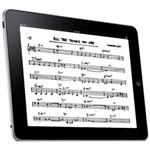
6. iPad as a Musical Study Tool
Our resident “app junkie” shares his favorite apps for making great music, practicing and transcribing on the iPad.
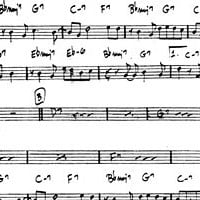
7. Improving Your Sight Reading: A Guide to Better Reading on the Bandstand
Going beyond the obvious – learning the notes on the staff, fully understanding chord symbols and their meanings, and so forth – there are a few things that you can do to help you when handed a new chart. Check out this handy five-step guide to better reading on the bandstand.
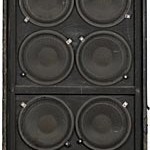
There are a lot of factors to consider when buying a new amp. We break down the most important considerations in this gear buying guide.
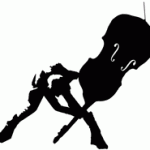
There are many great reasons to practice scales, but most generally scale work is done to learn or solidify some aspect of instrumental technique and/or gain further fluency in improvisation. The “proper” way to practice scales is highly dependent on your level and your specific goals. Suffice it to say that it is an extremely expansive subject, which would take a large tome to cover thoroughly. Here are some general guidelines to help get you started.


